Skye was the crown jewel of our road trip to Scotland. The scenery is simply spectacular all over, with beautiful waterfalls, idyllic coastlines, dramatic and otherworldly landscapes, unique hiking opportunities… and the list goes on. Even though Skye is not necessarily close to any of the major airports in Scotland, we highly recommend including it in your Scottish Highlands itinerary. After spending almost a week on Skye, we have put together a list of all the little things you might want to know before travelling to Skye as part of our Isle of Skye Road Trip Travel Guide: Tips and Things to Know Before You Go guide.
Disclosure: This page (Isle of Skye Road Trip Travel Guide: Tips and Things to Know Before You Go) may contain product affiliate links. At no additional cost to you, we may receive a commission for purchases made through these links. More details can be found on our disclosure and policies page.
You might also be interested in these pages:
Top Things to See and Do on Skye
4-Day Roadtrip Isle of Skye Itinerary
Where to Stay on the Isle of Skye
Skye’s Best Hiking and Walking Trails
Skye Road Trip Driving Tips
About Skye
Skye is the second-largest island in Scotland and the largest of the Inner Hebrides. Despite its size, it has a modest population of just over 10,000 people, most of whom live in either Portree (Skye’s largest town and main tourist hub) or Broadford. Sheep actually outnumber people 10 to 1 on Skye.
The Isle of Skye comprises several peninsulas that radiate from a mountainous hub known as the Cuillin range, which can be further divided into the Black Cuillin to the west and the Red Cuillin to the east. The Black Cuillin are particularly dramatic looking and include 12 Munros (peaks above 3,000 feet) and provide avid hikers with some of the most challenging mountain terrain that Scotland has to offer.

Skye’s most famous peninsula is the Trotternish peninsula to the northeast – this is where you’ll find the most popular hiking scenery on the Isle such as the Quiraing and the Old Man of Storr, in addition to Skye’s largest town, Portree, which lies at the base of the peninsula along the eastern coast.
How to Get to Skye
By Car
Getting to Skye will require a fair bit of driving. Assuming that you are likely to arrive in Scotland by plane to either Edinburgh or Glasgow, you are looking at a 5h30 drive from Edinburgh or a 5-hour drive from Glasgow to reach Portree, Skye’s largest city and main hub. These times are only valid if use the Skybridge from the east – if you prefer to take the ferry from Mallaig to Armadale in southern Skye, you are looking at approximately an additional 45 min to complete the journey. Before 1995, when the Skyebrige was completed, the only way to get to Skye was by ferry.
If coming from Inverness, you’re looking at a much shorter drive, about 2h30 to get to Portree.

For advice and tips on how to drive in Scotland, check out our Scotland Roadtrip Driving Guide. For advice and tips that are more specific to Skye with a focus on single-track roads, check out our Isle of Skye Road Trip Driving Guide.
If you haven’t booked your rental vehicle yet, we highly recommend using Discover Cars to get the best rates on your rental in Scotland.
By Public Transport
You can reach Portree by bus from either Glasgow (Citylink Bus 914/915, with stops in Loch Lomond, Glencoe and Fort William, runs twice daily, 7hrs) or Inverness (Citylink Bus 916/917, with several stops along Loch Ness, runs twice daily, 3h30hrs).
By Tour
If you don’t have your own vehicle, joining an organized tour might be the best way to see what the Isle of Skye has to offer.
Getting around Skye
Having your own vehicle is by far the best way to get around Skye. Although some sites and attractions are reachable by public transport, both its frequency and schedule would make it nearly impossible to see as many things in a day as you could with your own vehicle.
Alternatively, if you made it to Skye by public transport, a good option could be to join a Skye group tour from Portree. You won’t see as much as you would if you had your own vehicle for a few days, but it probably beats navigating around the Isle by public transport.
Driving in Skye
Driving around Skye for the most part is pretty straightforward. The two main challenges for tourists are:
1) Driving on the left side of the road. For advice and tips on how to best navigate driving on the left side of the road, check out our Scotland Roadtrip Driving Guide.
2) Driving on single-track roads. Single-track roads are roads where cars in both directions share the same physical space, aside from the occasional “passing place”. For advice and tips on how to best navigate these roads, check out our Isle of Skye Road Trip Driving Guide.
Otherwise, traffic is generally a non-issue, aside from around popular attractions and their associated parking lots, and the roads for the most part are in good condition. Traffic can however be slower going on single-track roads due to the inherent nature, particularly during the high tourist season (July/August).
Cell phone coverage
Cell phone and data coverage can be quite spotty in several of the more remote areas of Skye. To avoid having navigational issues while driving around, we highly recommend downloading offline maps of Skye from Google Maps.
Where to Stay on Skye
We cover in greater detail where to stay on Skye in our Where to Stay on Skye guide, but the short of it is that we recommend staying either in or near Portree, Skye’s main town. The main reason for this is that Portree is fairly centrally located on the Isle, making it easier to reach the different attractions without having to change accommodations during your stay. We specifically chose to stay in Bernisdale, a small township just outside of Portree (about a 10-minute). It was enough to Portree for shopping, restaurants, and groceries, but far enough to find ourselves surrounded by lochs, mountains and sheep. For a more upscale option nearby, check out the Skeabost House Hotel, which has its own highly-rated restaurant on-site.
If you would prefer moving around Skye and changing your home base a few times, that’s also an option to experience different areas of Skye for longer periods. It does, however, come with the drawback of more frequent packing/unpacking and lost time due to check-in/check-out processes.
Book ahead (months in advance, if possible)
There aren’t many (if any) large hotels on Skye, meaning vacation rentals and accommodation options can fill up pretty quickly. We recommend booking your stay at least a few months in advance, and even earlier if you plan on visiting during the busier summer months. The earlier you do, the more options you’ll have at reasonable prices.
How Long to Stay in Skye
To get a proper sense of everything Skye has to offer, we think you should try to stay anywhere between 3 and 5 days. If you can only afford two days or less, that’s fine too. You’ll have time to see a few popular highlights and perhaps a few under-the-radar spots.
But with more time, you will get to visit several of the smaller lesser-known villages, hike some more scenic trails, go waterfall chasing, and explore the different corners of Skye, each more enchanting than the other.
In our Skye Itinerary Guide, we outline different itinerary suggestions for stays of 1 up to 4 days.
Be Flexible with your itinerary and work around the weather
Planning to be flexible with your itinerary is one of the best Skye road trip travel tips we can provide, as it’s almost a guarantee that the Highland coastal weather will throw a wrench into your plans. We had a pretty good itinerary mapped out before we visited Skye. However, we quickly realized during our second day that heavy rains were going to wash out any outdoor plans we had that day. Fortunately, we lucked out and had decent-to-great weather the rest of our stay on Skye.
You might need to shift around plans so that the more demanding hikes are done during good weather and so that indoor activities (e.g. Dunvegan Castle, Talisker Distillery) are visited during less pleasurable weather. This might involve more driving than initially planned, but you’ll definitely stay drier.
You should also know that the weather can change rapidly during the course of the day, so it’s often a good idea to check the hour-to-hour forecast. Just because it’s raining in the morning doesn’t mean it won’t be sunny in the afternoon, and vice-versa.
If you can, try leaving a day between heavy rains and hiking one of the more difficult trails, such as the Old Man of Storr, or the Quiraing, as they will almost invariably be boggy. Instead, on those days, target lower elevation and flat trails such as the Fairy Pools, Talisker Bay, and Camasunary Bay. They might still be boggy and difficult to traverse, but at least you won’t have to climb or descend on slippery terrain. Camasunary Bay, in particular, shouldn’t be too bad following rains as the trail is mostly composed of large pebbles.
Weather on Skye
The weather is relatively mild on Skye year-round but can be fairly unpredictable. During the summer, it rains on average 14-16 days (though that doesn’t necessarily mean it will rain all day – just something to bear in mind). During the winter months, snow isn’t a regular occurrence, at least not at the lower-lying altitudes, but rain is more frequent than during the summer months, occurring on average 18-21 days per month.
Temprature-wise, daytime highs are between 12-16 degrees C from late spring to early fall. Daytime highs during the winter months average between 4 and 7 degrees C.
We found that the most reliable weather website and app are those from the UK Met Office.
Best Time to Visit Skye
Technically Sky can be visited year-round, but off-season daylight hours will be very short, rain is more likely, and several accommodation options will be closed. It’s not uncommon to see snow on the Isle of Skye but most of it falls in the hills and mountains rather than the lowlands. Roads can however still get icy all over the island.
We generally recommend shoulder season for most destinations. For Skye, the same logic applies, but for even more reasons than most. As with most destinations, there are fewer tourists during shoulder season, minimizing the chance of reaching your attraction of interest only to find the parking lot full, or that you will be annoyed by how many people you have to share the hiking trails with. You will also probably have a better choice of accommodation options, with lower daily rates daily rates.
In our view, the best months to visit Skye are May, June & September. In addition to the reasons listed above, the weather is almost as warm as it is mid-summer without being too rainy and, perhaps most importantly, you are less likely to have to deal with the notorious highland midges (more on the midges in the next section), Scotland’s version of the mosquito, which can become quite bothersome during the summer as their numbers peak during July and August. They aren’t too bad if it’s sunny or windy, but on calm overcast days, they can come out in numbers. October can be a good month to visit with some nice autumn colors, but the days are getting shorter quickly, reducing the amount of time for outdoor activities.
The best months for aurora sightseeing are March, September and October around the equinoxes. You’ll never see them in June or July as the nights are too light. But there’s no guarantee, although we visited Skye in September, we didn’t get lucky with clear night skies.
How to Avoid the Highland Midges
What are midges? They are tiny flies that like mosquitoes, like to bite. Though they are smaller and their individual bites are typically less bothersome than those of mosquitoes, they can more than make up for it by the size of their swarms.
You will typically find midges all over the Scottish highlands, mostly between late May and early September, with July and August being the worst months. They tend to be most active early in the morning and during the early evening, but can be a nuisance at all times of day.
What can you do?
- Buy some smidge. Insect repellant specifically designed for midges.
- Look at the midge forecast and plan your outdoor activities accordingly.
- Pray for some sun. Midges don’t like sunny dry weather.
- Pray for some wind. Because they are so tiny, midges can’t fly in moderate-to-strong winds.
Grocery Shopping on Skye
One thing to keep in mind when visiting Skye is that, despite its size, less than 15,000 people live on the Isle. Because of this, there are only three large grocery stores on Skye. Two of them are in Portree, Skye’s largest town and the other is in Broadford, Skye’s second largest town and closest to the Skye bridge. You will find a few other smaller markets and convenience stores, particularly in the towns of Uig and Staffin in the Trotternish Peninsula.
Preparing a trip to the Highlands?
You might be interested in these pages:
Top Things to See and Do on Skye
4-Day Roadtrip Isle of Skye Itinerary
Where to Stay on the Isle of Skye
Skye’s Best Hiking and Walking Trails
Skye Road Trip Driving Tips
Preparing a trip to Scotland?
You might be interested in these Scotland pages:
10-Day Scotland Roadtrip Itinerary (Edinburgh and Highlands)
Scotland Driving Guide and Tips
7 of the Best Castles to Visit in Scotland
Best Things to See in the Scottish Highlands
Best Hikes to do in the Scottish Highlands
We also highly recommend these guidebooks:
Rick Steves Scotland
Lonely Planet Scotland’s Highlands
Photography Gear
If you like our photography, you might be interested in some of the gear we use to shoot our travel and hiking destinations.
Camera Body – Nikon Z 6ii Fx-series Mirrorless Body
Main Lens – NIKON 24-120mm F/4G ED VR AF-S
Zoom Lens – Sigma 745-306 150-600mm f/5-6.3
Polarizing filters – Urth Circular Polarizing (CPL)
Camera Tripod – K&F Concept 64-inch Camera Tripod
Mini-tripod – Lammcou Flexible Camera Tripod
Camera/hiking backpack – Vanguard Alta Rise 48 Backpack
Universal Travel Adapter – VYLEE Universal International Power Travel Plug
Other Travel Essentials
Travel Insurance
SafetyWing is a travel insurance company that offers comprehensive coverage for travellers. Includes Medical Insurance and Travel Insurance. Primarily geared towards long-term travellers, digital nomads, and expats.
e-Sim cards
Airalo is the world’s first and largest eSIM store with eSIM plans for 200+ countries and regions worldwide. With Airalo eSIMs, travellers can get connected the moment they land at their destination and avoid nasty data roaming charges
eSIMS are a sustainable alternative to single-use SIM cards – they are 100% digital, require less energy to produce and be re-used rather than disposed of.
Car Rentals
Discover Cars is our go-to website for car rentals. We almost always find our preferred rate there.
Transfer from Airport
Welcome Pickups is our favourite private transfer service, which you can pre-book at a fixed price. Currently available in 220 cities all over the world (mostly in Europe, but with several major cities in Asia, the Middle East and the US).
Kiwitaxi is another private transfer service – we haven’t tried it yet, but it’s currently available in a few more countries (102 as of 2024).
Hotels and Accommodations (coming soon)
Photography Prints
If you found this blog useful, you can help support our blog by purchasing low-cost digital prints. Printed physical prints are also available for purchase.








—–
Well, that wraps it up! We hope you enjoyed our Isle of Skye Road Trip Travel Guide: Tips and Things to Know Before You Go guide and that it will prove useful for planning your trip to Scotland’s beautiful Isle of Skye.
—–
You might also be interested in these related pages:
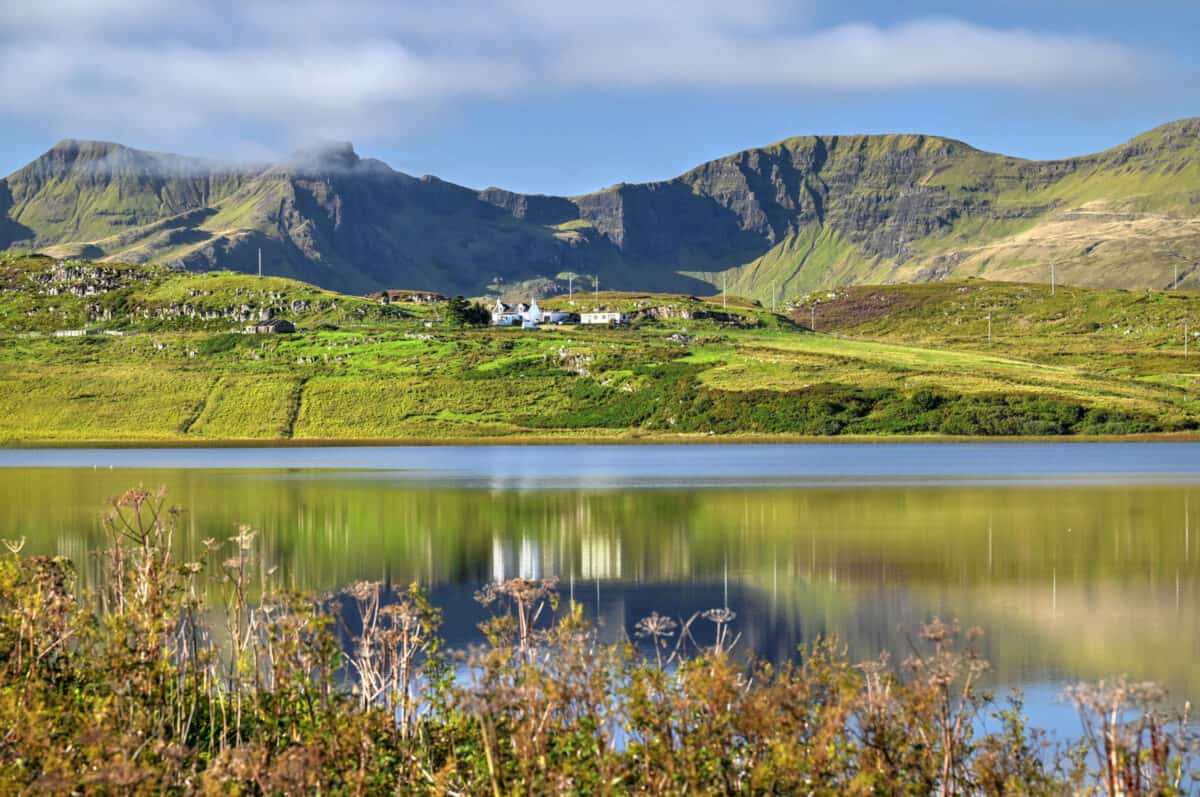
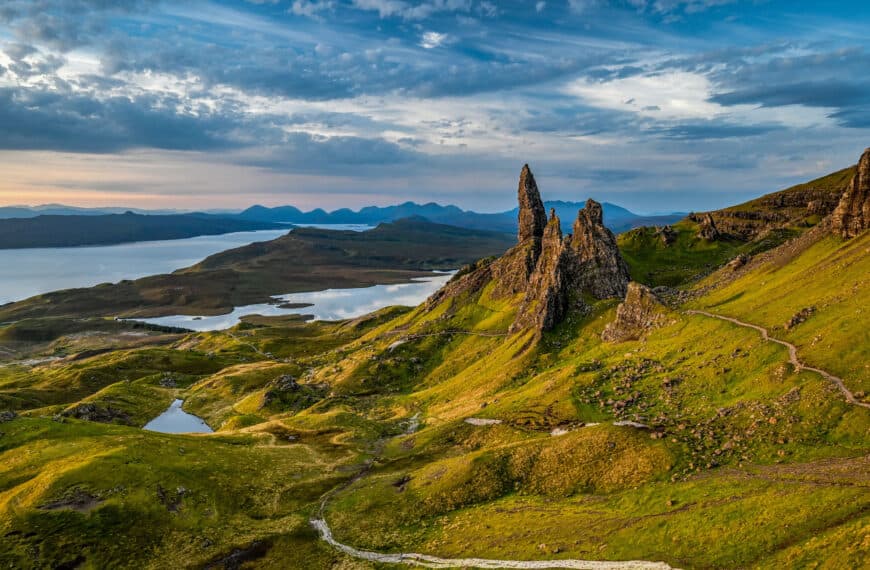
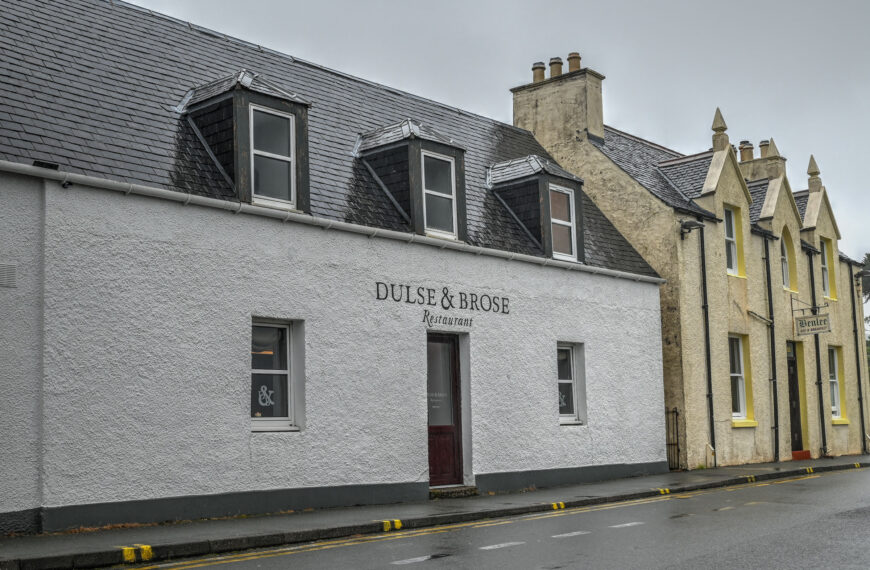
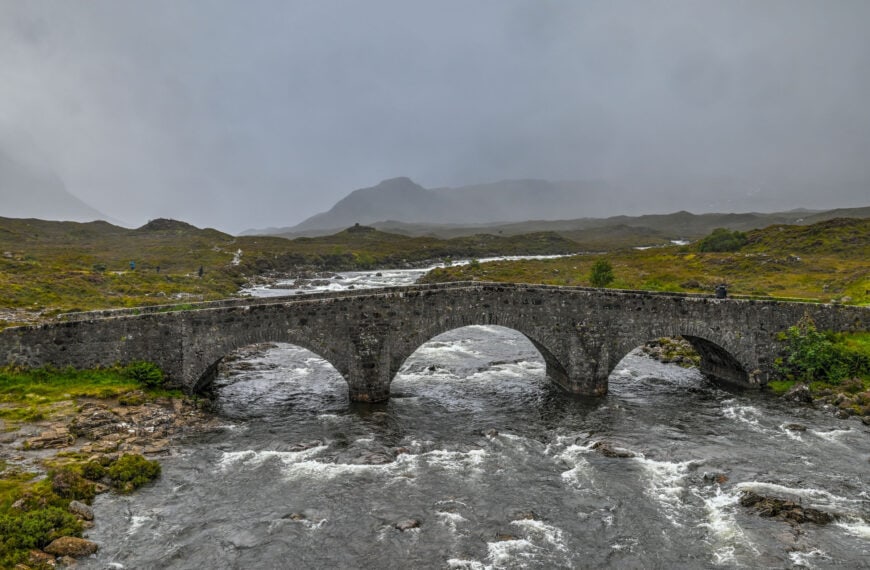
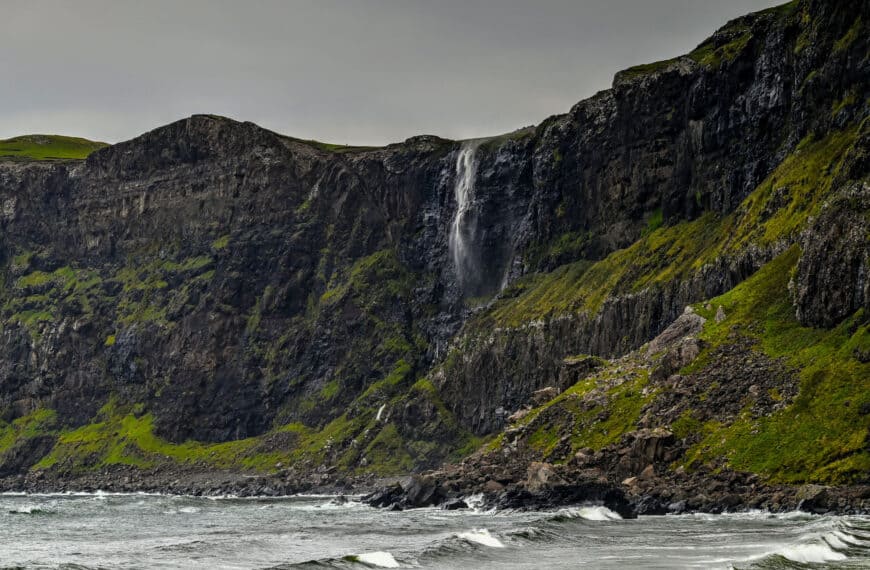
9 Comments